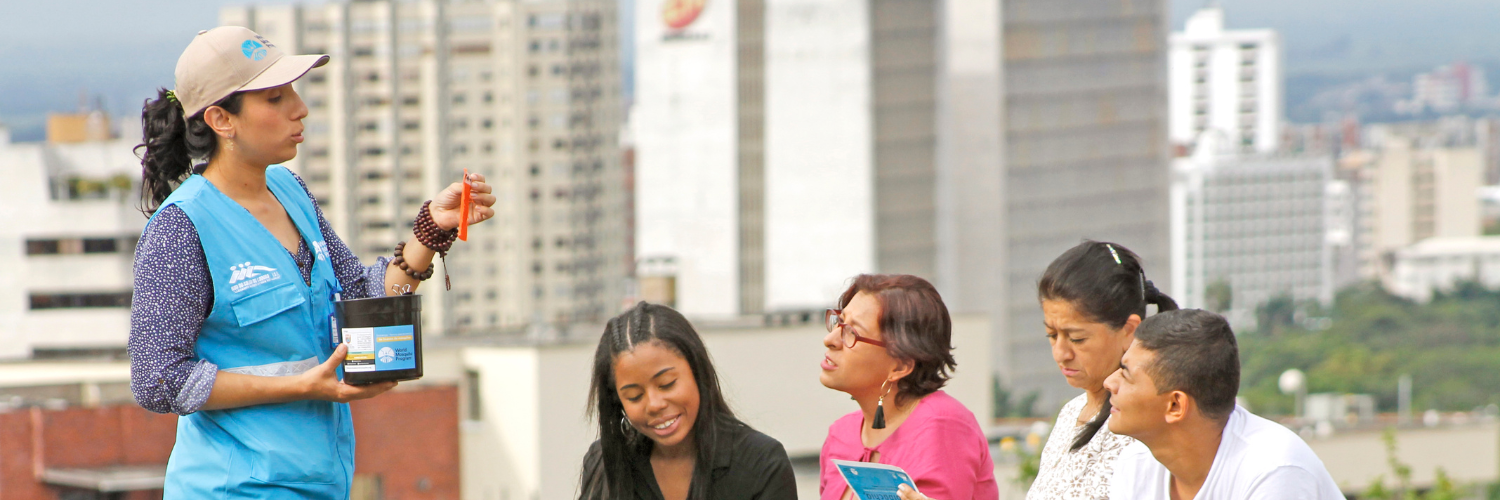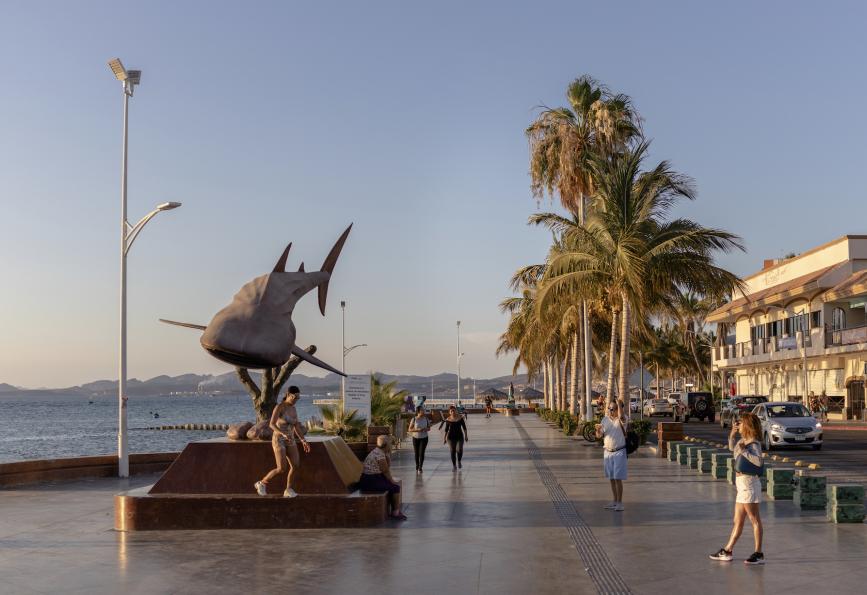
Published Date: 21 April, 2022
By: Jazmin Rodriguez
Most of the time, tourists come to La Paz as part of their tour of Baja California Sur, a state in northwest Mexico. Famous for its calm and clean beaches, diving and sportfishing, tourism is an important source of income for the state residents: the economic revenue generated by the visit of nationals and foreigners amounts to 1.6 billion US Dollars annually, making it the third most important activity for the state after construction and commerce.
Therefore, when in 2014 the city faced one of the largest outbreaks of dengue fever in history, the effects went beyond the health of its residents. In a short time, half a million tourists stopped arriving, sources of work became scarce and, on top of that, dengue gave no reprieve.
Even after almost a decade, the residents of La Paz still remember that outbreak and the impact it had on them. When the World Mosquito Program arrived in the city to implement the Wolbachia method – in collaboration with the state government and its Health Services area – 1,398 volunteers participated enthusiastically by hosting BG traps and taking care of the Zankukits (also known as Mozzie Boxes). Diana Durán Díaz was one of them.
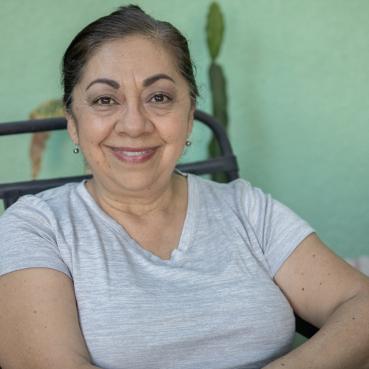
"The number of people with dengue increased rapidly... it was almost a psychosis among the residents, we were afraid. The rumor spread as fast as the disease and with that the tourists stopped coming" Diana recalls.
During the spring break season, up to 100,000 tourists descend on La Paz. The tourism industry provides the livelihood for thousands of people employed in hotels, restaurants, tours and public transportation. In La Paz alone, tourism activity grew by 48.6% in the past 5 years and it was included in the New York Times' list of 52 recommended world destinations, ranking 18th.
"My daughter lived in Cozumel (on the Yucatan Peninsula) and there the mosquito problem is very severe. When we went on vacation to visit her we had to go into the house at a certain time in the afternoon because you could see the clouds of mosquitoes moving around the city."
Diana does not hide the pride she feels for having participated in the program.
"That's why I can boast that here in La Paz we already live much safer thanks to the mosquitoes with Wolbachia. It benefits all of us, those of us who are here and the tourists who come to visit."
Since 2017, Dr. Lorenza Amparo Garcia, Deputy Director of Health Services at the Baja California Sur Ministry of Health has been collaborating with the World Mosquito Program and the implementation of the Wolbachia method in the city.
"We know that dengue is a cyclical disease, with years with few cases and then outbreaks with new serotypes, so it is vital for the communities with large numbers of tourist to be protected from mosquito-borne diseases."
Research from Indonesia shows that Wolbachia deployments return at least USD $4 in social and economic benefits for every dollar invested. With the implementation of the Wolbachia method, the hospitality and tourism sectors will benefit directly from this investment.
Mexico, for example, is among the 10 most visited countries in the world, registering 45 million international tourists, with an economic revenue of USD$24.5 billion per year. An elimination of dengue as a public health concern in La Paz would boost communities to prosperity, and help to create a model program for taking the Wolbachia method to scale across the rest of Mexico.
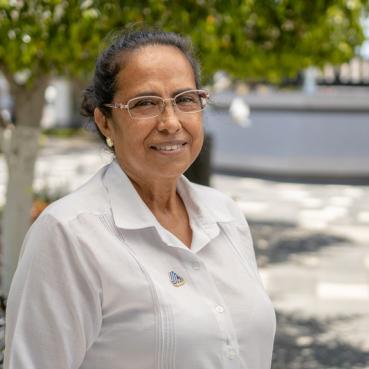
"Internationally, major tourist centres are monitored 24/7 and must qualify as safe places to visit. That is why you seek to be free of malaria, rabies and in our case dengue. Internationally they are issuing health alerts and the Safe Travels Stamp, for example, which helps us to promote our beautiful destination," says Dr. Garcia.
Dengue affects more than just the person who contracts it. As we have seen in all the places where WMP is present, the economic impact also plays a fundamental role. In Mexico, 4 million are employed in the tourism sector, representing the livelihood of families who are directly affected when tourists stop arriving at the resorts.
Jesús Castillo, for example, is a provider of tourism activities in La Paz. He, like many others, also suffered the impact of dengue in the city.
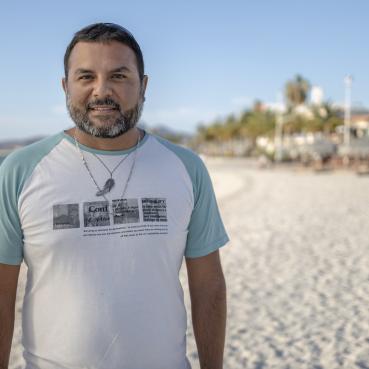
Maintaining a small diving and whale watching business, Jesús and his family know firsthand how important it is to keep La Paz safe for visitors. Thus, he actively supported WMP by hosting Zankukits at his home and convincing his acquaintances to do so as well.
"It is good for the population and for tourism to have actions like the Wolbachia method... the international community – who are the ones who visit us – are very informed of what is happening in the world, so if we have a dengue outbreak they immediately stop coming, it is a chain of problems that causes that disease."
Learn more about our work in Mexico and around the world as well as how you can support our action against mosquito-borne diseases.

